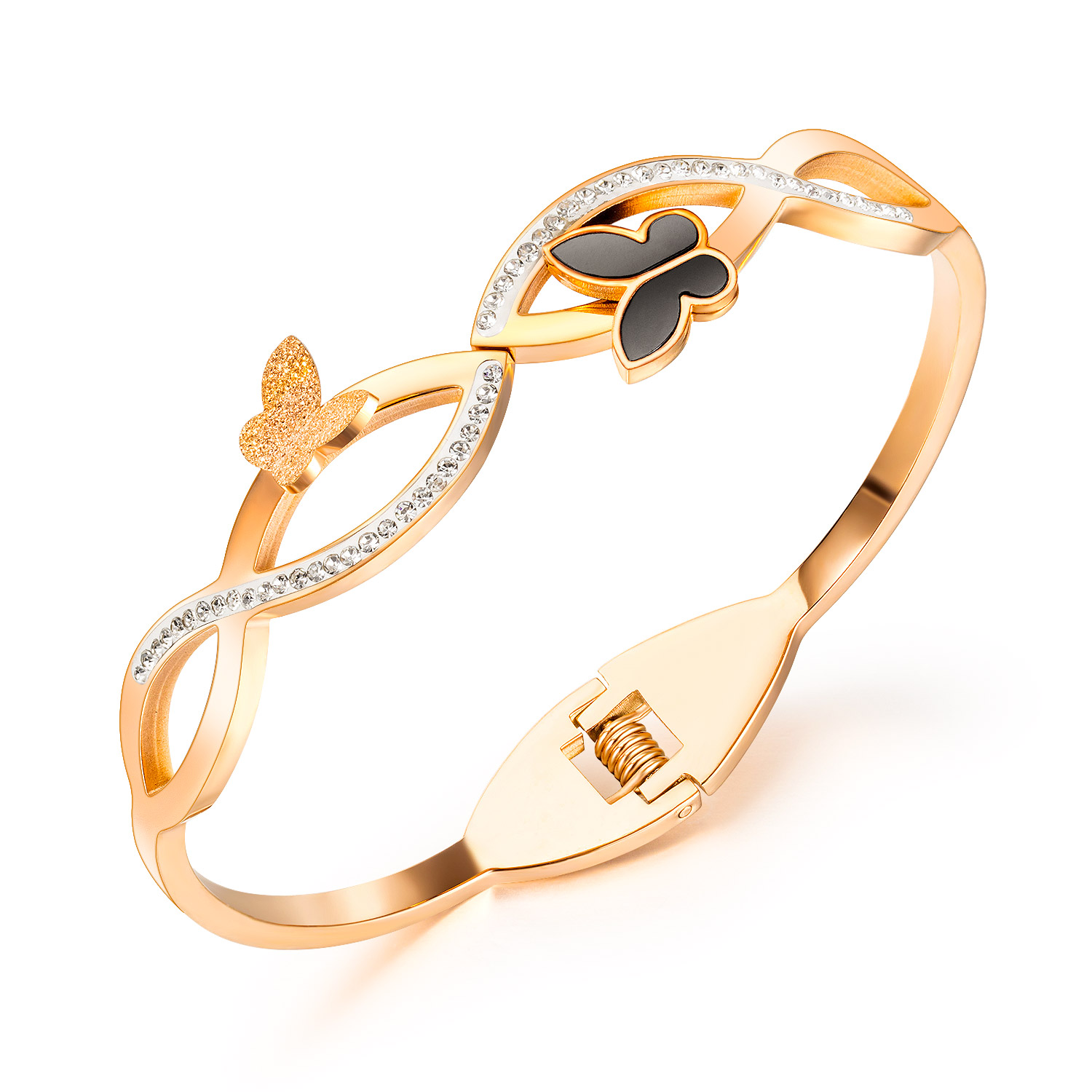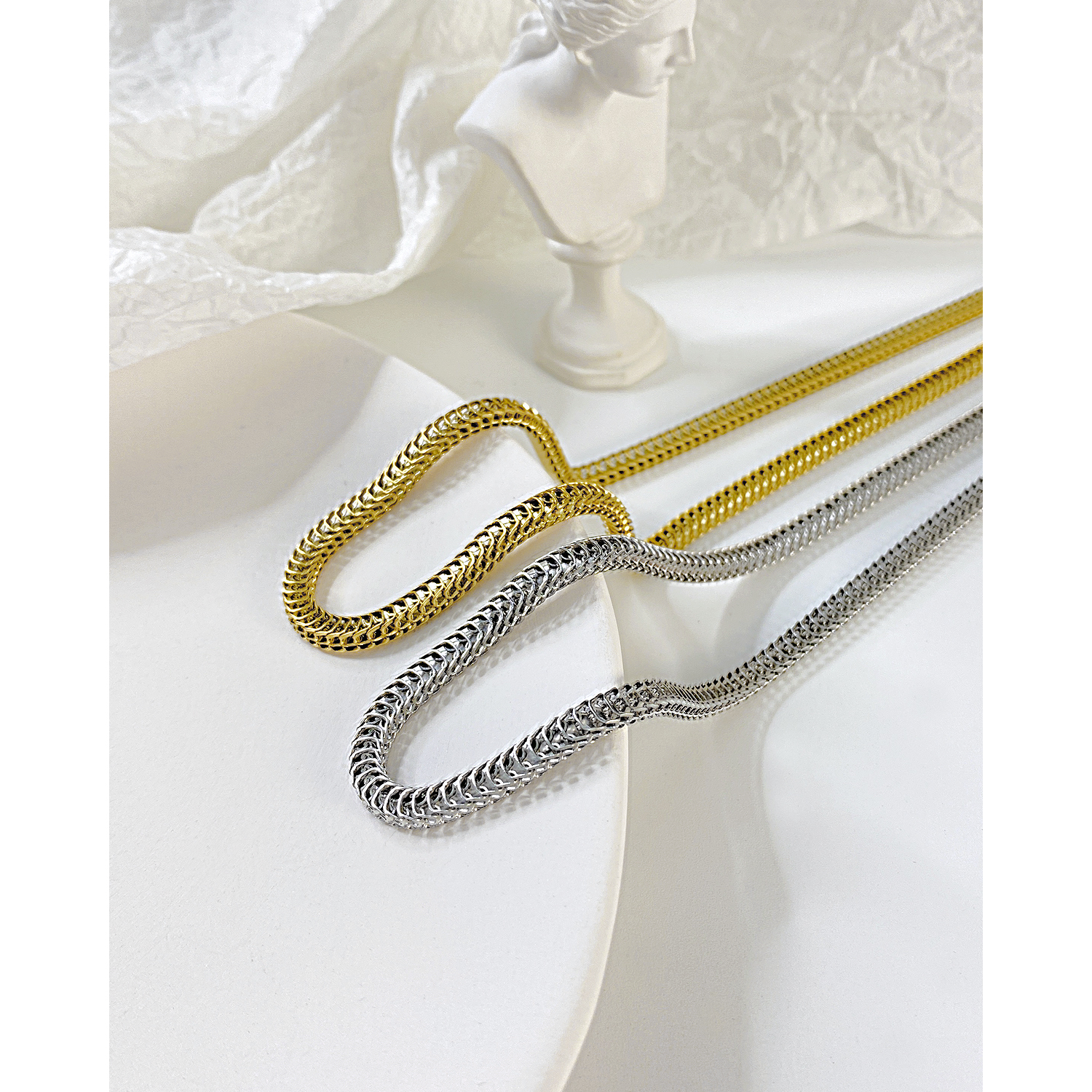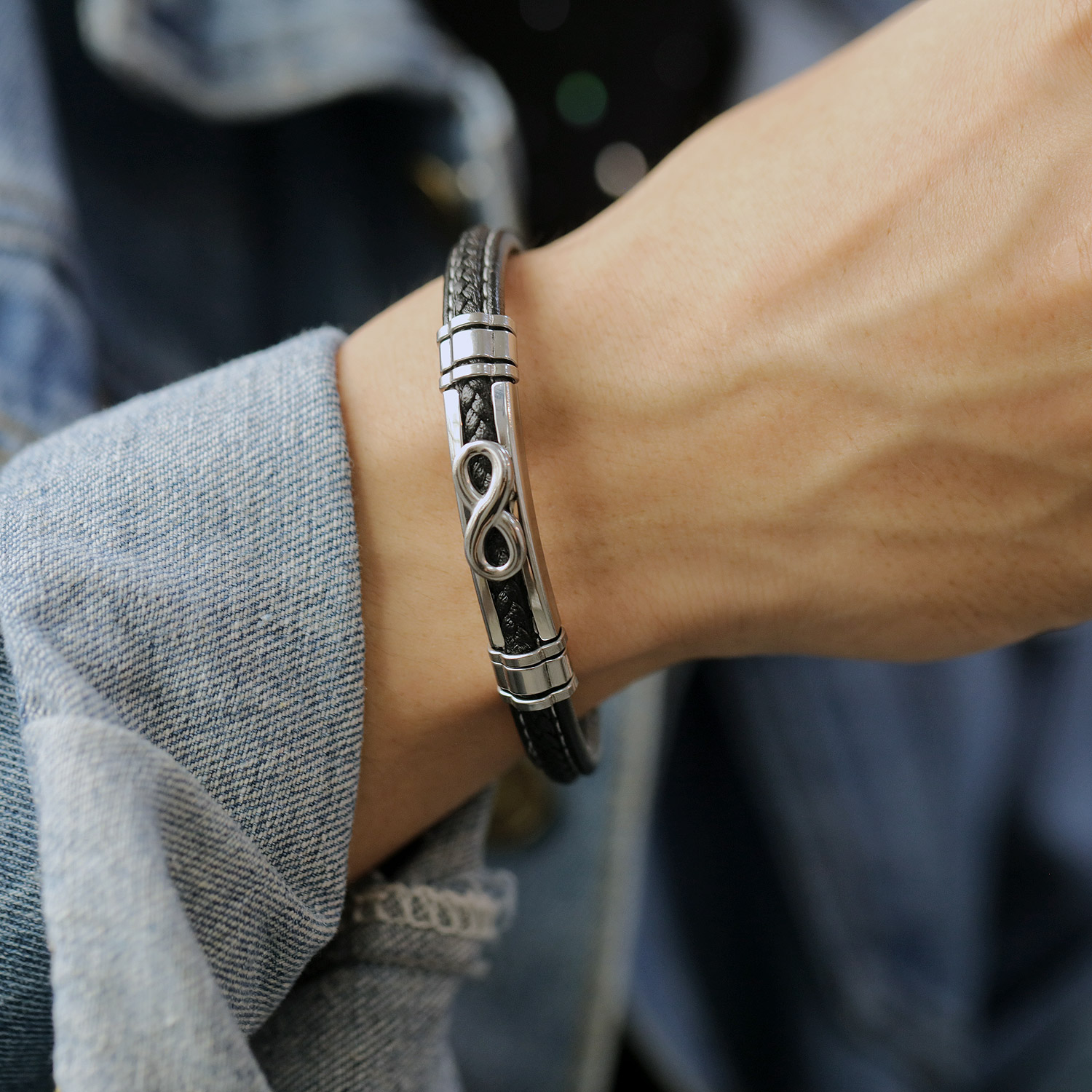More and more jewelry fans are interested in customized jewelry. Private customization is a new fashion in the jewelry industry in recent years, and the requirements are very professional. Today, we will comprehensively show the entire production process of high-end jewelry and take you closer to high-end jewelry. The story behind customization.
Jewelry customization is inseparable from design, and there are two sources of design creativity, the first is the original internal designer, and the second is the exclusive design according to customer needs. Jewelry design is more than just a conceptual drawing, it is necessary to develop a process and cost plan. One-piece custom customers are often not experts, and they need to communicate with professionals in order to determine what works. In fact, jewelry design is a process of constant compromise between creativity, shape, material, craftsmanship and cost.
1. Identify customer needs
Communication between designers and clients
Jewelry design generally begins with hand-drawn artwork. In the later stage, the design team will continue to refine and adjust based on this.
2. Scan the gems
For custom-made stones, a gemstone scan is first performed to obtain precise dimensions, facet distribution and 3D structural data. Designers can easily call the model in the CAD design stage to carry out designs such as stone row positioning and virtual assembly.
3. Use CAD jewelry design software for initial design
Jewelry design cad software can perform modeling design, rapid stone removal and other operations, and can use its preset parameterized modules to quickly generate inserts, gems, shanks or standard parts, greatly improving design efficiency and accuracy.
4. Make a wax plate
The 3D model completed by CAD design is output to the 3D printer, and the wax plate can be printed quickly and accurately.
5. Casting
Castings are made using lost wax casting, also known as precision casting. Wax trees are 'planted' with multiple client stencils for casting in one go and then individual jewelry castings are cut out for processing separately.
6. Modeling
The main work is: modification and repair of workpiece defects, shaping and welding of workpieces, preliminary grinding of casting surfaces, assembly of jewelry accessories, etc.
Trim, grind, assemble and weld joints
7. Inlay
Once the mold execution is completed, the mosaic process will begin immediately. It is mainly to fix the main stone and the supporting stone on their respective inserts, which is a very important precision process. Mosaic is usually done by microscope
8. Polishing and Surface Treatment
After the inlay is complete, a final polishing is performed. Make sure the metal surface is as bright as a mirror. Finally, use the laser marking equipment to carry out the lettering process at the designated position.
9. Quality Inspection
The design team not only has to perform quality inspection on the final product, but also requires quality control at every stage of jewelry manufacturing, which is absolutely necessary for a perfect design.
Quality Inspection - Check the workmanship of each prong and socket
Final inspection of appearance, structure, surface.
Seeing this, do you have a deeper understanding of jewelry design and production? Indeed, a beautiful piece of jewelry not only embodies the efforts of jewelry designers and craftsmen, the strict quality system of craftsmanship will ensure that each piece of jewelry is a perfect work, and such an exclusive piece of jewelry is undoubtedly the most suitable for oneself. Wearing jewelry with taste and temperament is a valuable collectible!
 Why you should choose stainless steel Jewelry
Why you should choose stainless steel Jewelry



